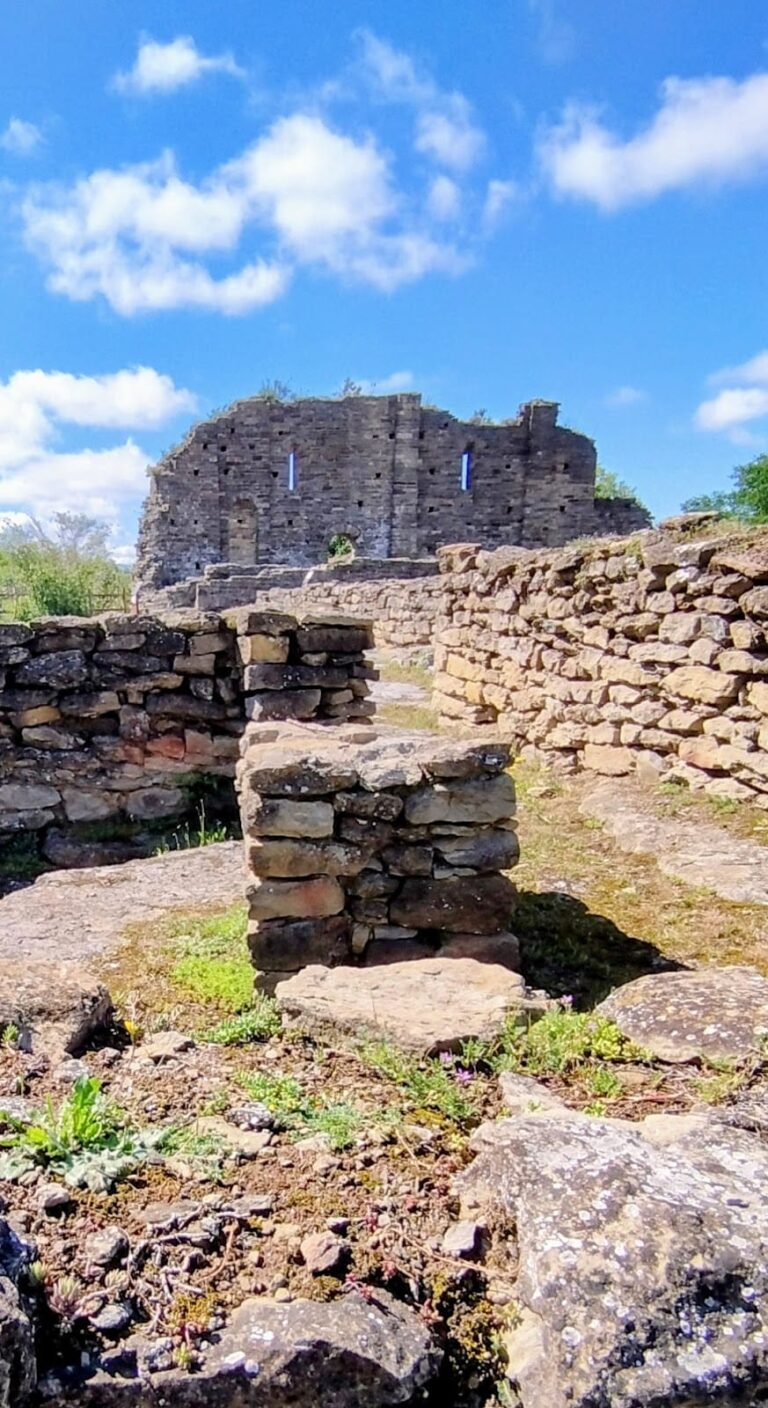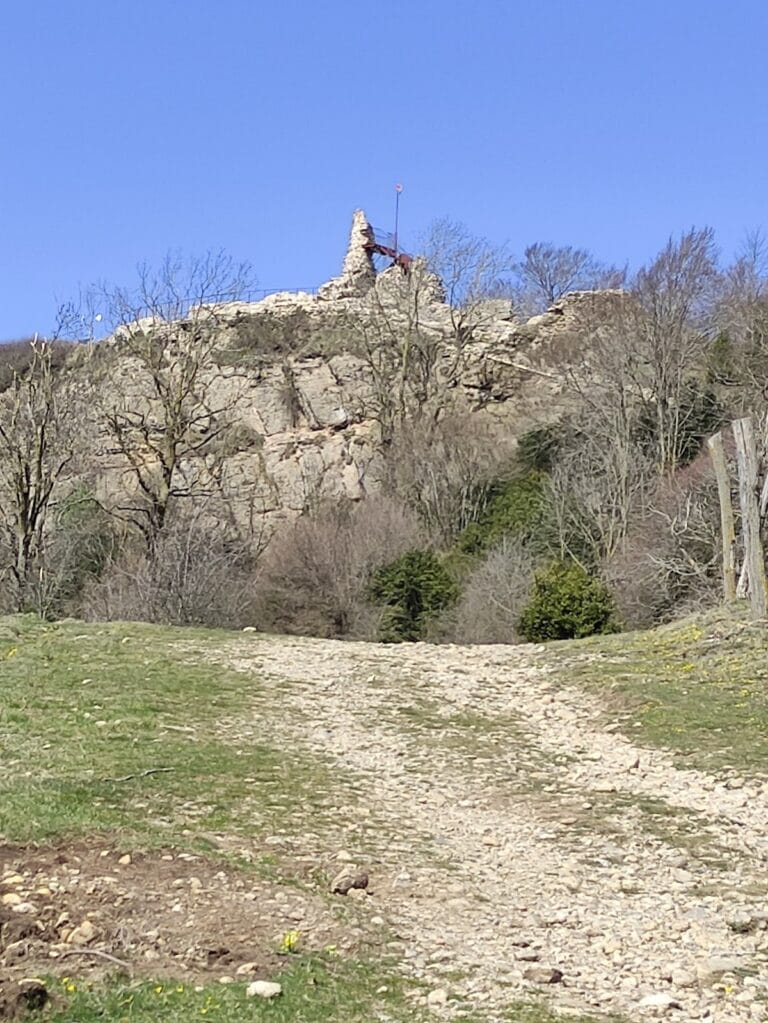Castell d’Orís: A Medieval Catalan Fortress in Spain
Visitor Information
Google Rating: 4
Popularity: Very Low
Google Maps: View on Google Maps
Official Website: www.oris.cat
Country: Spain
Civilization: Unclassified
Remains: Military
History
Castell d’Orís stands near the village of Orís in Spain and was built by the medieval Catalan counts as part of their efforts to secure and repopulate the region during the early Middle Ages. Its origins date back to the late 9th or early 10th century, linked to the County of Barcelona’s expansion and consolidation.
The castle first appears in historical records in 914, tied to the broader repopulation campaigns led by Guifré el Pelós (Wilfred the Hairy) between 870 and 890. This period saw the establishment and fortification of strategic points within the reorganized County of Osona around 875 to 877. Initially, the stronghold remained under the direct authority of the comital house of Barcelona but was administered by a vicar. Notably, a figure named Gausfred d’Orís served as vicar by 995, indicating early localized governance. From 1014 onward, the Eldric family became associated with the castle, with Amat Eldric recorded in 1051 as the first seneschal, a key administrative officer for the Counts of Barcelona.
During the 12th century, control passed to the Queralt family before returning to the Montcada family by the century’s end. The Montcadas held lordship over the castle until at least the 16th century. Alongside these principal owners, the nearby Orís family acted as castellans or guardians from the 13th century, eventually being granted the title of barons in 1396. Over time, through marriages, the barony connected to other noble families such as the Puiggener and Sentmenat, with the current marquessate of Orís descending from these lines.
Castell d’Orís played a defensive role during key regional conflicts, suffering damage amid the Catalan Civil War and the War of the Remences in the mid-15th century. It was partly destroyed in 1470 during these turbulent events. Later, its strategic importance was reaffirmed during the First Carlist War in the 19th century. In 1838, the castle was besieged and captured by forces under the command of the Baron de Meer. Among the captives was Josep Ventós, an important figure in the Carlist Junta of Catalonia. Subsequent fighting in 1840 caused further destruction to the site.
Recognizing its historical value, the ruins of Castell d’Orís were officially declared a Historic and Artistic Monument in 1949. Since then, excavation and restoration efforts—undertaken notably by the Diputació de Barcelona—have focused on clearing debris and recovering structural elements to preserve the legacy of this medieval fortress.
Remains
Occupying a commanding rocky hill some two kilometers from the village, Castell d’Orís overlooks the Ter valley and the surrounding Vic plain, with line of sight to neighboring fortifications such as Castell de Torelló. Its layout reflects multiple construction phases spanning the Romanesque through to late Gothic periods.
Among the remains, parts of the defensive walls survive in various states of preservation. These walls reveal a sequence of construction activity, notably along the northern section where work from the 15th through to the 17th centuries can be distinguished. The craftsmanship and building techniques evolved over time, demonstrating adaptations to changing military needs.
Close to the southwest corner lie the floor plans and remnants of the castle’s Romanesque chapel dedicated to Saint Peter (Sant Pere). Dating back to the 12th century, this chapel forms one of the earliest preserved elements in the complex. The modest remains suggest a typical Romanesque style, characterized by solid masonry and simple forms.
On the eastern side of the castle, there is a significant chamber partially built below ground level. This space features a pointed Gothic vault, a style representative of medieval architecture reaching its height during the 13th to 15th centuries. The chamber was once protected by an additional late Gothic-style wall, indicating continued fortification efforts during that later period.
The castle’s overall condition today is that of a ruin, a result of repeated military conflicts spanning several centuries, notably from the 15th to 19th centuries. What remains offers a layered glimpse into the site’s long history of occupation, defense, and architectural adaptation, with foundations, vaults, cisterns, and walls testifying to its evolution and enduring presence on the Catalan landscape. Archaeological work continues to reveal more about its structure and past use.










